大年初二, 天气特别温暖和煦,是个晴天。 我们一家四口驱车去了附近一个叫龙潭岙的乡村,这是当年穷的叮当响的地方。记忆中,小学五年,每年春天,学校组织春游,游这些偏僻村落。我们在老师的带领下,带着妈妈做的青饼青团,和买的零食,徒步山涧田野,看满山的映山红盛开,看一望无际的稻田。那是我们最快乐的时光。
然而,当我们到达了想象中的好山好水,我却有一丝丝失望。这山水跟西雅图的山川相比,真是不可同日而语。 人走过的地方多了,回头看,原先记忆里的美景褪色了。又如,那天后来去了自己少年时候的故居重访,发现人的眼界开阔了,原来觉得宽敞的地方,今日再看已变得拥挤不堪。
当日下午,按照母亲的安排,我们跟随亲戚上山去看望父母为自己百年后选的墓地。母亲跟我和弟弟一再交代,上了山不能拍照。 墓地坐落在郊区,青山绿水之间。大片的墓地高耸在山两侧。青青的松柏,白白的墓碑林立,上山祭拜的人络绎不绝。 亲戚告诉我们,以前只有清明扫墓,现如今又增加了大年初二这样一个祭奠的日子。
我们拾级而上,走过身边大小不一、规格不同的墓地, 学会了区分红色碑文和无色碑文的差别,一个是死者的碑文,一个是生者的碑文。还看见一位长老对着正在跪拜的孙子辈的孩子说,"快祈求(祖先)保佑你上清华、北大" 。我听后心里不禁一笑,中国传统文化中,祖上的荫庇看来还是根深蒂固的。
在看望了父母坐北朝南好风水的墓地后,我们没有久留便下山了。下山途中,亲戚告诉我们说, 最近国家(当地政府) 颁布了新政策,以后不再批土地建墓地了。 以后的墓地有三种选择: 一. 全部埋在地底下, 不再在地面上建墓碑。 二. 建寺庙,存放骨灰盒。 三. 海葬。当地政府会选择靠海的地方,专门用来让人们撒骨灰。
想起好些年前, 边上的朋友都通过教会买了墓地,因为墓地跟房子一样,在涨价。一日,我问某人,我们百年之后怎么办?是埋在这儿还是回老家?随后又说, 女儿以后不太可能回去,方便她去看望我们,要不然我们也像某某朋友,在附近把墓地买了吧?哪知,某人的话脱口而出,"我活着的时候, 她多来看看我就好了,我死了,要她来看什么?"
这次回来以后, 我跟他提及了去父母墓地看生坟的事情及当地政府政策上的变化。 某人开口说了,"我若走了,把我埋在桂花树下,这是我最喜欢的树。有桂花飘香, 多好。 " 接着又说,"海葬也行,我平时爱吃海鲜,死了,骨灰撒入江河,也算是回馈它们。"
人对生的向往、对死的害怕,让人对超生后的种种有所期盼。人死后是不是真的需要藏身之处?"死无葬身之处"是不是真的那么可怕? 人死后灵魂会脱离身体吗?人会重新投胎吗?这些曾经困扰人类的问题或许永远没有答案。 不过,时代在发展,人的观念在变化,我想我们这一代人或许更想的开些。 重要的是,洒脱的活着,享受当下的日子,让身后的事留给岁月,留给未来。
Some of my childhood memories were a blur, and became more blurry when I strolled in an old city in which I was born and raised. The re-structured city, like breaking puzzles, polished and put them back again, took on a new and strange face. Was this the hometown that I spent my first twenty years? The old square where people in 1970s gathered for revolutionary slogans gave away to modern commercial buildings; the rickshaw sedan witnessed as late as 1990s were nowhere to be seen. Modern cars were sprawling instead. Though this was not the first time I went back home to see my parents, who moved to a new home after I came to the U.S., I couldn’t connect it well.
In the afternoon of the second day of Chinese New Year, my brother, my father and I decided to visit the old campus at the other end of the city. It is the place where my father spent almost his entire life teaching and working. It is the place where my brother and I had our most memories. When the car was let in and crawled along a narrow road, flanked by old leafless phoenix trees on both sides, old memories flooded in. The same entrance, the same basketball courts, the same buildings for teaching and library, the same location for cafeteria, all remodeled, of course.
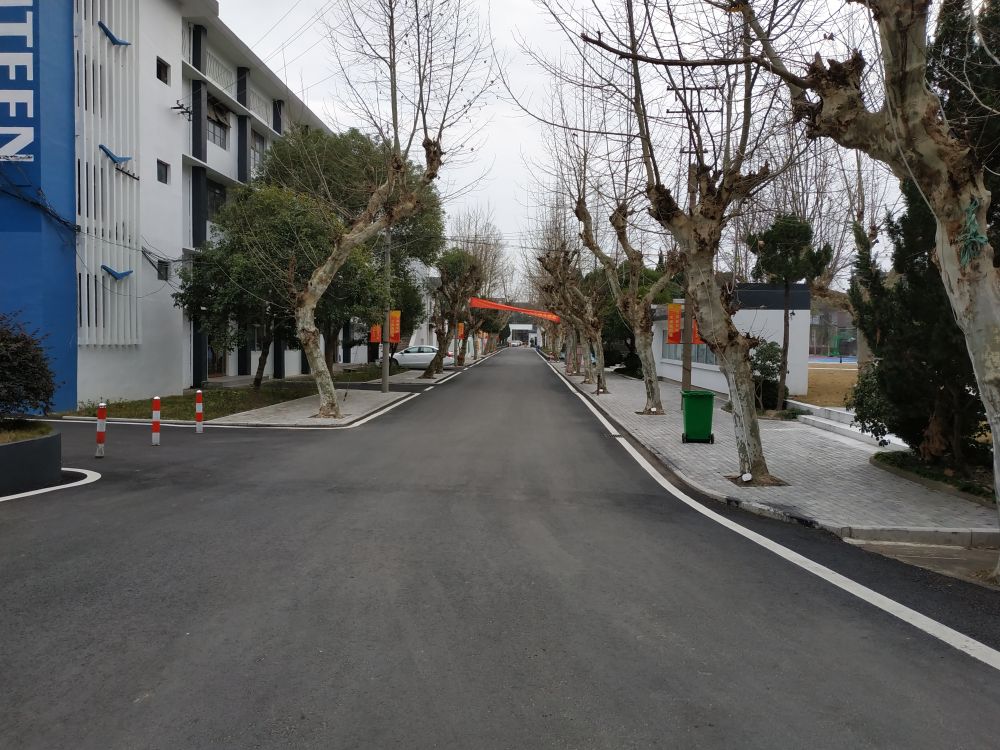
We parked our car in front of a new building and got off. Dad pointed out to an endangered building sheltered in a corner, and asked us if we remember anything? In an instant, we recognized that it was an administrative building Dad once worked in for years.
As we continued our walk and stepped over a small iron gate at the back, a familiar passage by the side of a high solid wall came to our sights. Stood on the other side were the three high residential buildings for teachers, weathered and shabby now after being there for more than four decades. Entering the last building, which we dwelled in 1980s, was like lifting a lid off my memory well, distant but clear. What resurfaced on my mind was the then excitement of moving down from a moist one-floor bedroom uphill, where water cannot be supplied sufficiently and where we did not have our bathroom but a shared stingy public one. The then new apartment was around 40-50 square foot, with three bedrooms, one tiny kitchen and a simple bath. I had my own room, and my brother had his. My room was smaller, with a window facing north, a bed by the walls, a wardrobe on the corner, and a desk by the window. Many a day I studies late into night, for the National Standard Tests, with a dream that one day I could land a good college……
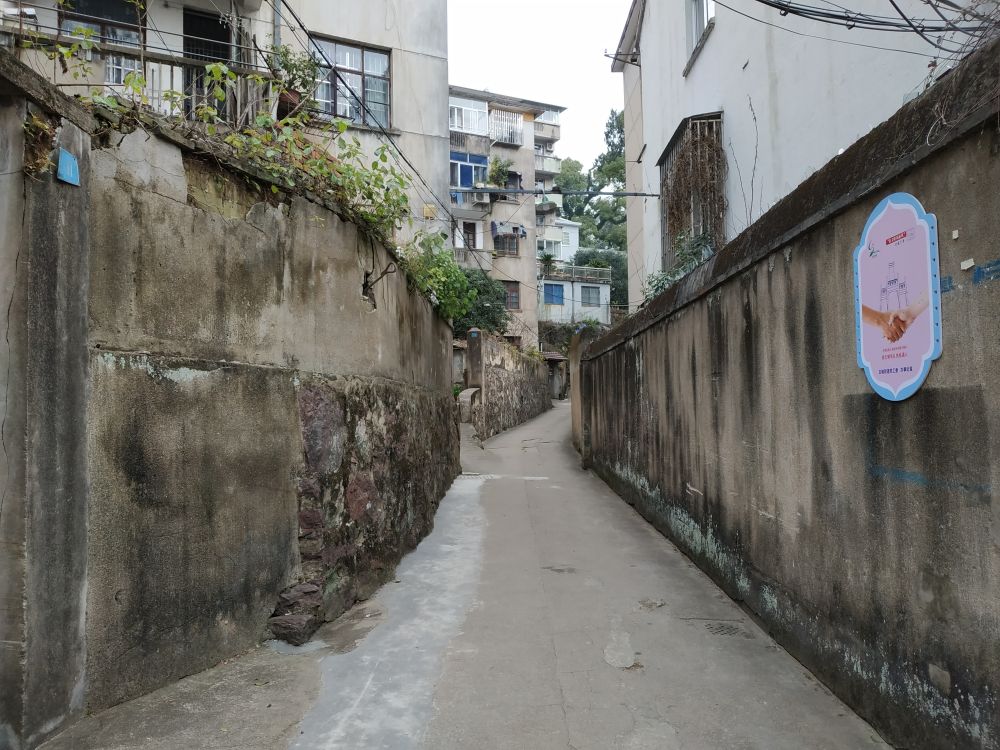
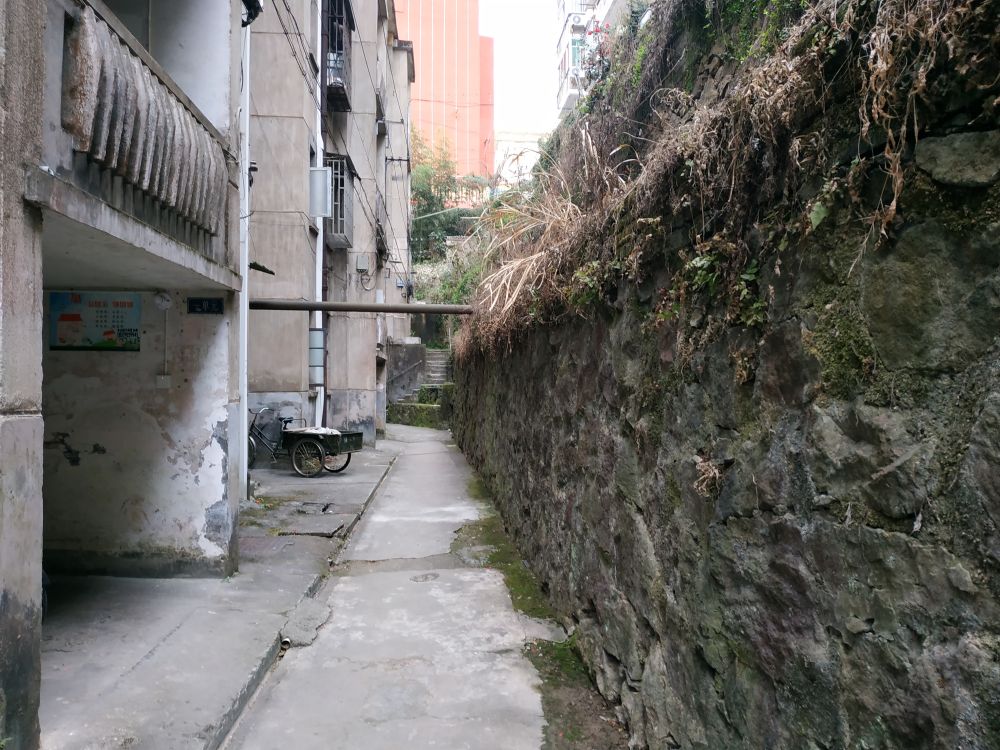
The flurry of memories was interrupted when my brother suggested walking further uphill. A flight of stone stairs led us up, and we both stopped at an old shallow well. The well was at the bottom of cornered walls, with scattering plants and small patches of green moss around the area. This water, seemingly murky, is said to be trickling down from the stream in the mountains. It was this well that I frequented when our household ran out of drinking water. Mom used to give me a scoop and a pail or two, and gingerly I scooped the upper part of the water, not to stir the mud or sediment at the bottom. When the pail(s) was/were full, I carried home up along the long stairs, stopping in the middle for a breath. This could be repeated within a day, depending on the need. Alum (明矾) was then used to settle turbid water before cooking or drinking. Of course, we had better water sources, wells deeper and water more purified. However, they were further away. Mom and I had to trek along the meandering mountain road, carrying a big heavy bucket hung in the middle of a pole from our shoulders. This well, locally known as a “frog well”, was once our closest water source. The sight of its being well-preserved made me relive the moments.
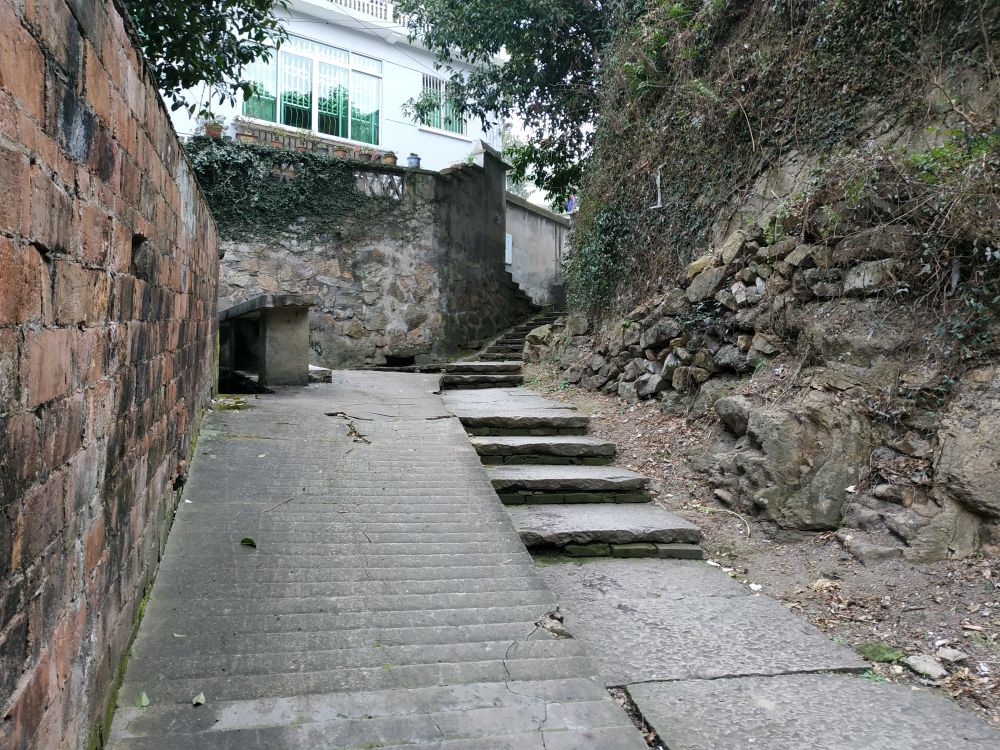
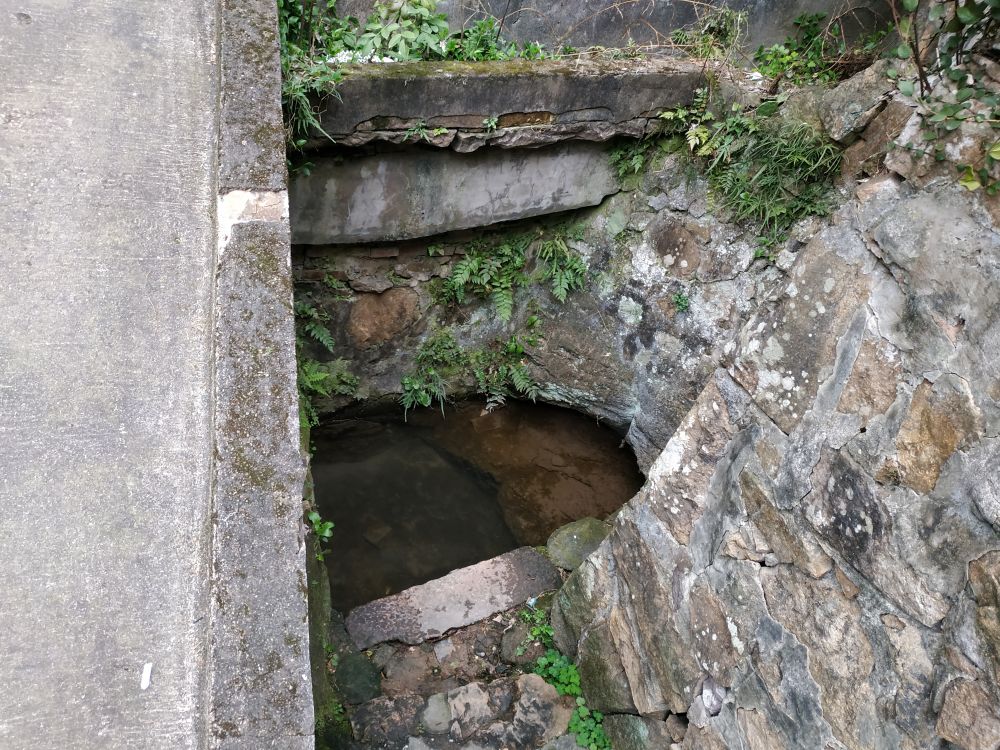
Our visit soon came to a halt, as the courtyard where we shared with other ten families before moving downhill was abolished and replaced by a new building. Barred by a gate and blocked by a high wall, we were like visitors that could not see what was beyond the wall, a place that had our fondest childhood reminiscences.
|